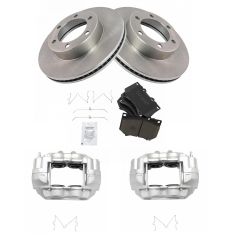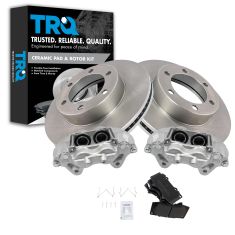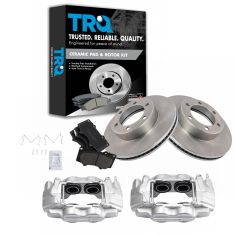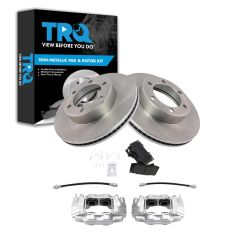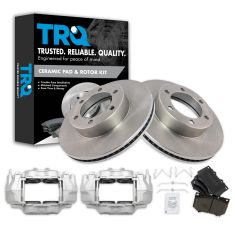1ABFS02547-2001-07 Toyota Sequoia Front & Rear 4 Piece Brake Rotor Set TRQ BRA13796
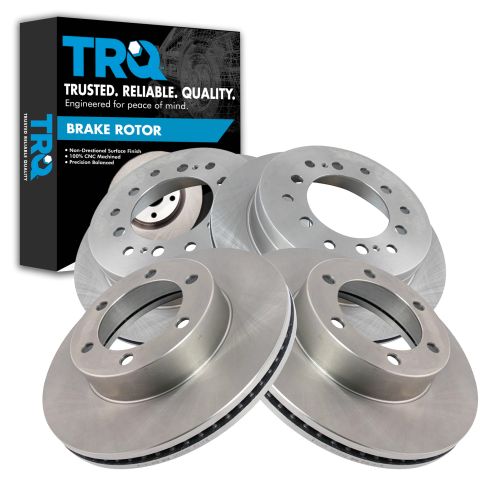
Replaces
2001 Toyota Sequoia Front & Rear 4 Piece Brake Rotor Set TRQ BRA13796

You may also like
Product Reviews
Loading reviews
1.00/ 5.0
1
1review
Poor quality
January 10, 2020
Will never buy another product from this site again. Poor quality
Customer Q&A
No questions have been asked about this item.
Toyota is a registered trademark of Toyota Motor Corporation. 1A Auto is not affiliated with or sponsored by Toyota or Toyota Motor Corporation.
See all trademarks.









